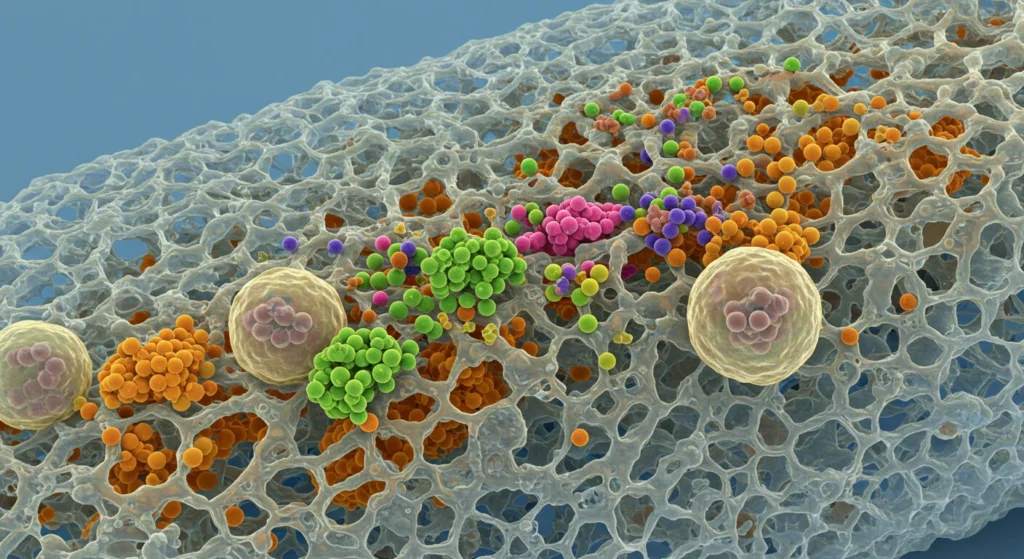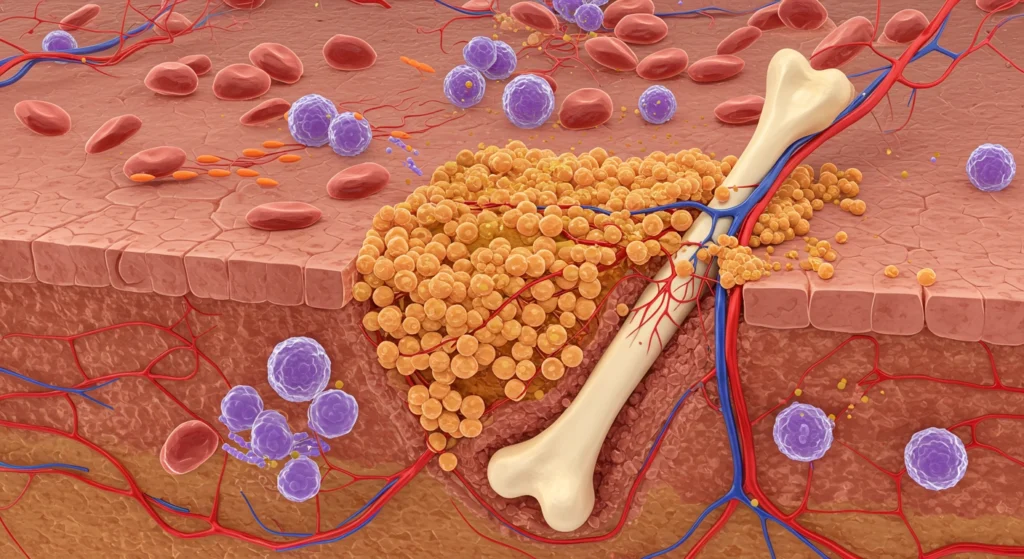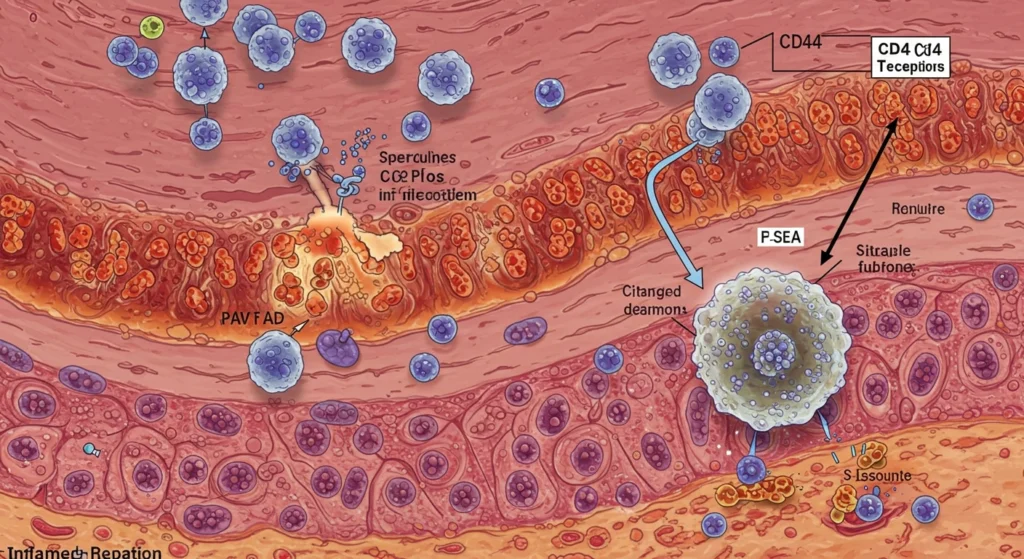Table of Contents
- Introduction
Unlocking the Potential of Hyaluronic Acid in Exosome-Based Therapies - Enhanced Stability and Sustained Release
How HA-Based Hydrogels Extend the Lifespan and Efficacy of Exosomes - Synergistic Effects in Tissue Regeneration
The Dual Role of HA and Exosomes in Accelerating Cellular Repair - Targeted Delivery and Reduced Inflammation
Harnessing HA’s Affinity for CD44 Receptors to Improve Precision Medicine - Conclusion
The Future of Regenerative Medicine: A Unified Path Forward with HA and Exosomes

Hyaluronic acid (HA) has emerged as a leading additive for exosome-based therapies due to its exceptional biocompatibility, regenerative properties, and ability to enhance the stability and delivery of exosomes.

Enhanced Stability and Sustained Release
Exosomes, while potent in regenerative medicine, have a short half-life and can be rapidly cleared from the body. Incorporating them into HA-based hydrogels addresses this challenge by providing a supportive matrix that prolongs their stability and allows for sustained release at targeted sites. This combination has shown promising results in bone regeneration applications.

Synergistic Effects in Tissue Regeneration
HA plays a critical role in various physiological processes, including cell proliferation, migration, and angiogenesis. When combined with exosomes, HA not only supports these processes but also enhances the regenerative potential of exosomes. Studies have demonstrated that HA-based hydrogels loaded with exosomes can effectively promote bone regeneration by providing a conducive environment for cell growth and differentiation.

Targeted Delivery and Reduced Inflammation
HA’s affinity for CD44 receptors, which are overexpressed in certain cell types, facilitates targeted delivery of exosomes. This targeted approach not only improves the therapeutic efficacy but also minimizes potential side effects. In a study involving adipose-derived stem cell exosomes combined with HA, the treatment significantly reduced inflammation and fibrosis compared to HA alone, indicating a synergistic effect that enhances tissue repair.
Conclusion
The integration of hyaluronic acid with exosome therapies offers a multifaceted approach to regenerative medicine. HA not only stabilizes and sustains the release of exosomes but also enhances their regenerative capabilities through its inherent biological functions. This synergy makes HA an optimal additive for exosome-based treatments, paving the way for more effective and targeted therapeutic strategies.

